Welcome to Workman’s #30DaysofGiving! This holiday season, we will be excerpting from some of our favorite books of the year and giving readers the chance to win a copy. Follow along by visiting our master digital advent calendar, and use the hashtag #30DaysofGiving on social media for daily updates.
REAL FOOD/FAKE FOOD by Larry Olmsted (Day 7)
The following is an excerpt from the book.
Fake Food Scandals: The not-so-sweet story of honey
Four years ago I wrote about one of the food world’s priciest scams, Kobe Beef. Consumers were outraged over such blatant restaurant rip-offs, and that became the most read story out of hundreds that have appeared here, with over 1.5 million readers to date. But as it turned out, Faux-be beef was just the tip of a vast Fake Food iceberg.
For my new book Real Food, Fake Food, I have spent the last few years crisscrossing the country and the globe, visiting food producers and counterfeiters, restaurants of every ilk, and meeting with experts in all sorts of related fields. What I came to realize was that just as designer handbags and high priced Swiss watches are targeted by counterfeits, so are the world’s greatest Real Foods, from champagne to caviar to lobster. In many cases, Americans consumers, even food lovers, have simply never tasted the Real things. I want readers to avoid rip-offs, but even more, I want them to celebrate how delicious and wholesome the world’s Real Foods can be.
Unfortunately, it’s not just luxury foodstuffs that get knocked off. Many household staples, from juice to honey to coffee, are routinely faked. The golden honey bear in your cabinet may be deceiving you.
**
Foods that can’t be differentiated by sight will often be faked, and honey fills the bill. But honey has other problems as well, with the pirates on one side and regulators on the other. For starters, while we know for sure there is plenty of obviously fake honey, no one agrees on what the real thing is.
The American Beekeeping Federation is the industry group representing U.S. producers of non-ultrafiltered honey. They petitioned the FDA to create a “standard of identity” for honey, basically a detailed definition that sets legal standards. As with similar appeals for an olive oil standard, the FDA summarily denied this request. While it told the federation that it shared their “concerns about adulterated and misbranded honey,” regulators chose to defer to Webster’s, literally, citing the dictionary’s definition as adequate: “a thick, sweet, syrupy substance that bees make as food from the nectar of flowers and store in honeycombs.”
That sounds like honey to me, which is part of the problem— like most consumers, I don’t know a whole lot about the intricacies of honey. The position of the American Beekeeping Federation is that real honey must have pollen, but lots of other domestic honey producers disagree and ultrafilter theirs to remove the pollen, which helps keeps the product from crystallizing. In Europe, most consumers are used to honey is this original state, but Americans vote with their dollars for the more liquid filtered version, sans pollen but with nothing necessarily added. I say “necessarily” because pollen is a fingerprint for honey that can be tested to show where the plants the bees visited lived and prove country of origin.
One legitimate fear is that countries like China use the ultrafiltration or ultrapurification processes to mask the origin of the honey, which is then transshipped and sometimes mixed with a small amount of pollinated honey, from say India, to throw off testers. Sometimes Chinese honey is cut with much cheaper corn syrup or fructose syrup to enhance profit margins, and sometimes Chinese producers even feed corn syrup to the bees to get it into the honey more “naturally.” The importation of Chinese honey is specifically banned by the USDA because it is so often adulterated.
Unlike the FDA, the USDA has chosen to get more precise about what honey is—sort of. They created a voluntary grading system that lets producers slap Grade A, Grade B, or Grade C on their labels, with zero enforcement. Sound familiar? The USDA did the same thing with olive oil grades, leading pretty much every producer to choose the highest extra-virgin grade designation, regardless of what was in the bottle. In this case, the USDA created very detailed honey grading rules—and lets them all be ignored. The formula scores five specific elements like moisture content and “absence of defects,” but the grading rules skip vitally important factors, such as whether nonhoney ingredients (such as corn syrup) can be added. Additionally, honey and maple syrup are in a special category, and unlike almost every other product it regulates, the USDA allows use of its grading marks without any inspections, ever. Enforcement is based solely on responding to complaints.
But the bottom line is that legal or not, “you may be paying more for honey labeled ‘certified organic’ or feel reassured by the ‘USDA Grade A’ seal, but the truth is, there are few federal standards for honey, no government certification and no consequences for making false claims. For American-made honey, the ‘organic’ boast, experts say, is highly suspect,” noted the Seattle Post-Intelligencer. “Major supermarkets offer dozens of different brands, sizes, types and flavors of honey for sale. Consumers might walk away with the finest-tasting, highest-quality honey there is. Or they could end up with an unlabeled blend, adulterated with impossible-to-detect cheap sweeteners or illegal antibiotics.” Suddenly that innocent plastic bear on your table sounds like lots of other Fake Foods.
There are debates over whether or not pollen makes the honey healthier and/or tastier, so your definition of real honey depends which side of this divide you are on. But in either case, most consumers expect real honey to contain just honey, whether filtered or not. But when the FDA opened a comment phase in 2014 on proposed draft guidelines that may someday exist, one question was whether to bar honey cut with other sweeteners from calling itself honey. If such regulation passed, it still might not stem the tide, since honey is an easily faked and expensive product that’s mostly sugar. Reports of widespread counterfeit honey, made with glucose and just enough actual honey to give it flavor, plus the occasional body parts of bees to make it look authentic, date to at least 1881.
The FDA’s honey guy, Martin Stutsman told USA Today that cane sugar or high-fructose corn syrup used to be most commonly used to thin honey. But an isotope test easily spotted this adulteration, so savvy counterfeiters switched to beet sugar, with a chemical profile much more similar to honey. The FDA, in turn, switched to a much more complicated, multistep test. “But once we started catching people, they create a moving target. They’ll switch to something more difficult (to detect),” said Stutsman.
At least honeys cut with sugar substitutes like corn syrup and beet sugar aren’t poisonous. That’s not the case with chloramphenicol, a powerful antibiotic that can lead to a potentially fatal bone marrow disorder, the reason the drug is not is not approved
for food use in the United States. But it is a common contaminant in adulterated Chinese honey. While the import of Chinese honey is banned, its price difference is big enough to make it worthwhile for smugglers to relabel and transship.
This can be big business for organized criminals, not just a few jars in the lining of a suitcase. One German honey distributor did this kind of illegal transshipment for seven years, obscuring and importing some eighty million dollars worth of banned and sometimes adulterated Chinese honey into the United States be- fore getting caught. “Chinese honey was often harvested early and dried by machine rather than bees,” reported Businessweek. “This allowed the bees to produce more honey, but the honey often had an odor and taste similar to sauerkraut. Fan [a worker] was told to mix sugar and syrup into the honey in Taiwan to dull the pungent flavor.” Just as with the transshipped banned Chinese shrimp that went via Indonesia—also contaminated with dangerous and for- bidden drugs—investigators noticed a sudden spike in honey im- ports from Indonesia, Malaysia, and India after banning Chinese honey. The scam was so large that honey exports suddenly totaled more than those three countries produce annually, combined. According to Businessweek, this operation was the single largest incident of food fraud in our country’s history. More accurately, it is the largest case where someone actually got caught.
What’s especially sad is that it is easy to buy real honey, made by small producers all around the country, and widely available at farmers’ markets and gourmet stores. By simply avoiding big supermarket brands and buying it from someone who makes it locally, you should be safe.
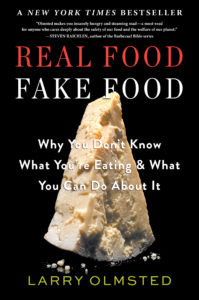 About the Book:
About the Book:
You’ve seen the headlines: Parmesan cheese made from wood pulp. Lobster rolls containing no lobster at all. Extra-virgin olive oil that isn’t. So many fake foods are in our supermarkets, our restaurants, and our kitchen cabinets that it’s hard to know what we’re eating anymore. In Real Food / Fake Food, award-winning journalist Larry Olmsted convinces us why real food matters and empowers consumers to make smarter choices.
Olmsted brings readers into the unregulated food industry, revealing the shocking deception that extends from high-end foods like olive oil, wine, and Kobe beef to everyday staples such as coffee, honey, juice, and cheese. It’s a massive bait and switch in which counterfeiting is rampant and in which the consumer ultimately pays the price.
But Olmsted does more than show us what foods to avoid. A bona fide gourmand, he travels to the sources of the real stuff to help us recognize what to look for, eat, and savor: genuine Parmigiano-Reggiano from Italy, fresh-caught grouper from Florida, authentic port from Portugal. Real foods that are grown, raised, produced, and prepared with care by masters of their craft. Part cautionary tale, part culinary crusade, Real Food / Fake Food is addictively readable, mouthwateringly enjoyable, and utterly relevant.
Buy the Book
Amazon | B&N | Indiebound | Workman
Still need help finding a gift? Message our Holiday Hotline for personalized suggestions.

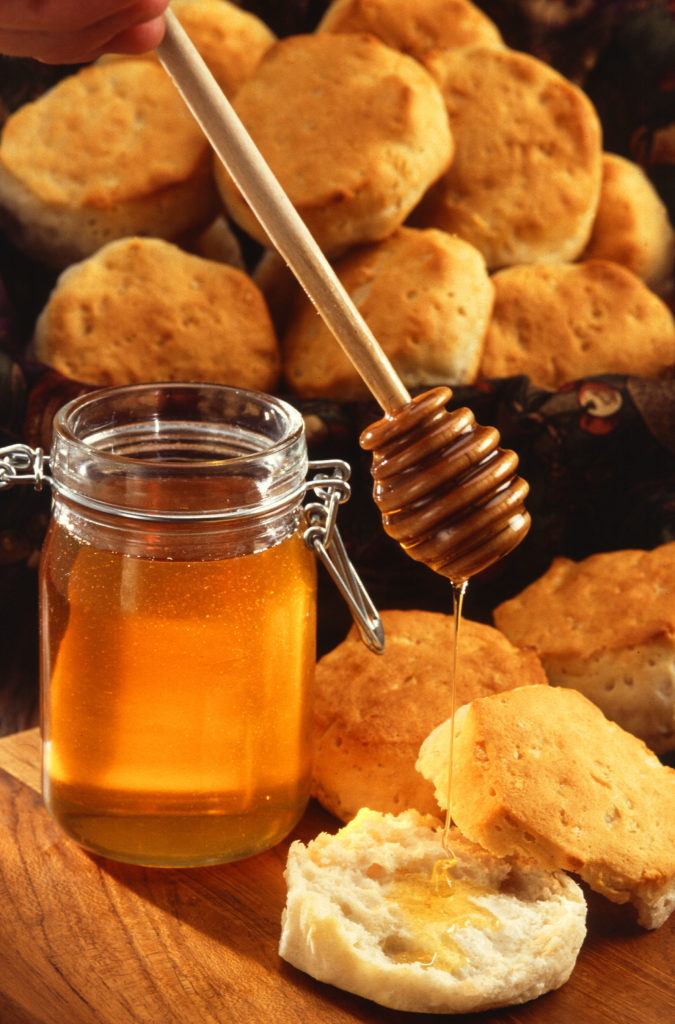

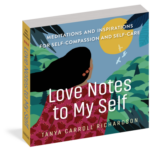
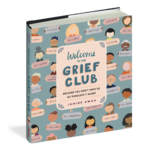
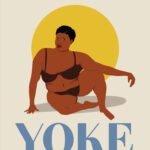
No Comments